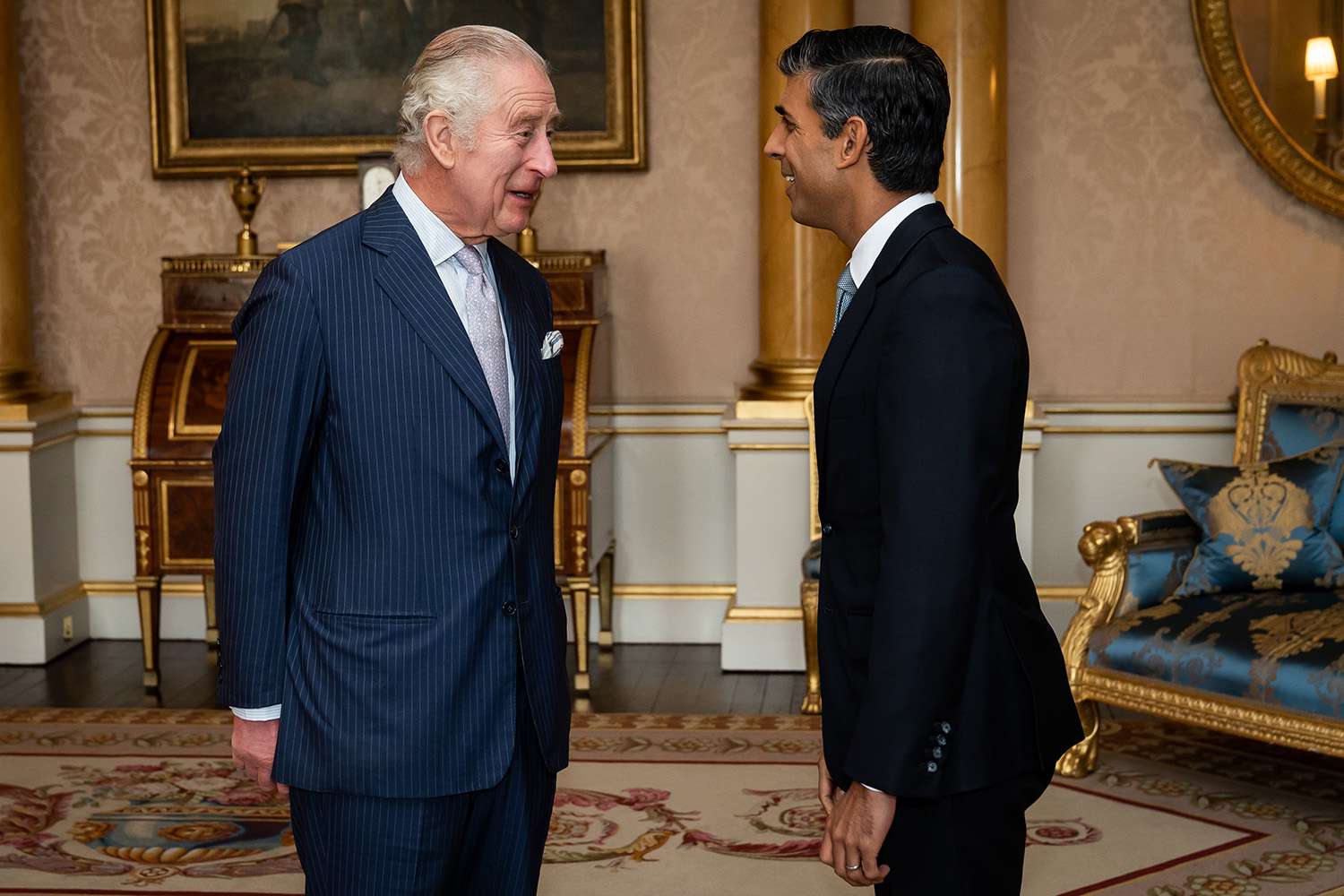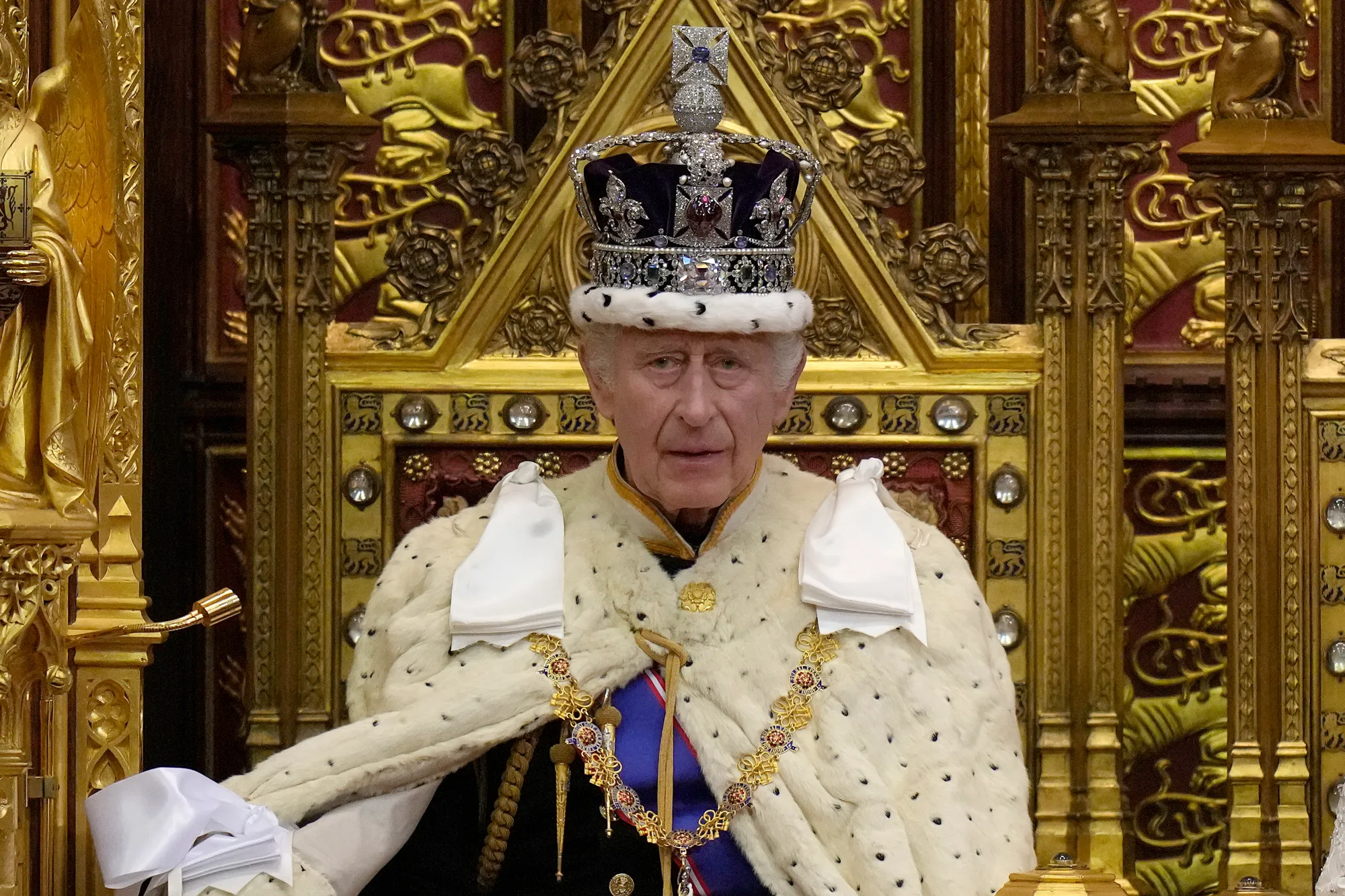In a historic turn of events, Britain’s Labour Party has emerged victorious in the general election, marking the first change in government leadership in 14 years. Despite this electoral mandate, Labour leader Keir Starmer officially assumed the role of Prime Minister only after a carefully orchestrated ceremony with King Charles III, underscoring that ultimate political authority in the United Kingdom still derives from royal sanction, despite centuries of parliamentary democracy.
This ceremonial transition, steeped in tradition and history, mirrors older times when monarchs wielded direct authority, handpicking their chief ministers. Today, while the Prime Minister is the leader of the majority party in the House of Commons, formal appointment still requires the monarch’s invitation, a symbolic nod to the nation’s constitutional monarchy.
The procedural ballet begins with the outgoing Prime Minister, Rishi Sunak, resigning at Buckingham Palace, followed swiftly by Starmer’s arrival for his inaugural audience with King Charles. This pivotal moment, known as the “Kissing of Hands,” though now devoid of literal kissing, signifies the transfer of power as the monarch formally invites the new Prime Minister to form a government.

When King Charles III Decides: The Timing of UK’s New Prime Minister
Outside the palace gates, the media frenzy captures the momentous occasion, tracing the movements of leaders and speculating on the discussions within. Once appointed, the new Prime Minister departs for Downing Street, where they make a public statement and commence their governmental duties, greeted by staff and the press alike.
For Sunak, defeat at the polls necessitates a swift departure from the official residence, making room for Starmer’s immediate occupancy. The rapid turnover, symbolized by moving vans and ceremonial exits and entrances, emphasizes the stability provided by the monarchy amidst changing political tides.
Beyond the ceremonial spectacle, these rituals reinforce the monarchy’s role as a bastion of continuity and stability in a politically charged era. While politically neutral, the monarch retains the right to counsel and advise the Prime Minister, underscoring their enduring influence within the constitutional framework.
Looking ahead, King Charles III will continue to fulfill ceremonial duties, including the upcoming state opening of Parliament, where he will deliver a speech outlining the new government’s legislative agenda. This event, marked by grandeur and tradition, exemplifies the monarchy’s enduring role in British governance, ensuring continuity amid shifting political landscapes.
In essence, while Britain’s electoral process evolves with the times, the monarchy’s ceremonial functions serve as a poignant reminder of its historical and symbolic significance in maintaining national stability and constitutional order.











































